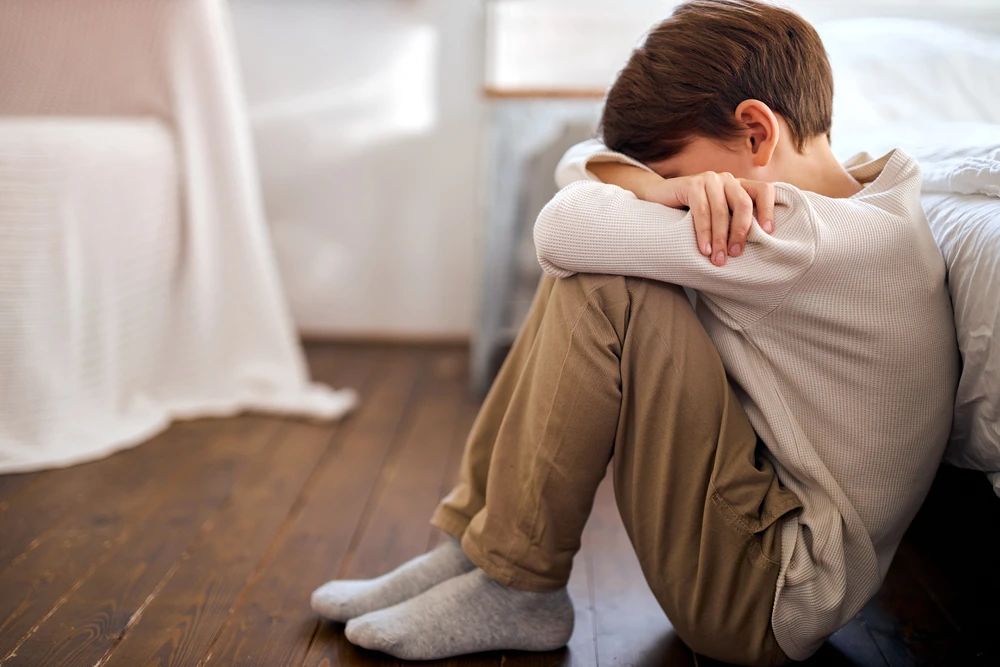5 Common Causes of Dry Eyes
2021-04-15

Dry eyes is a chronic condition that often appears in those over 50, but there are other health factors that may be causing your dry eye symptoms.
What are dry eyes?
Dry eyes occur when you don’t produce enough tears to keep the eyes lubricated (aqueous tear-deficient dry eye) or when tears evaporate too quickly (evaporative dry eye).
It is most common in the elderly and affects women more than men.
Symptoms of dry eyes include:
- Stinging, burning, or itchiness
- Pain or redness
- Sensitivity to light
- Heavy eyelids
- Sandy or gritty feeling
- Temporary blurred vision or eye fatigue
- Stringy mucus
- Difficulty wearing contact lenses
- Eye strain from reading or computer use
- Periods of watery eyes followed by dry eyes
What are the 5 most common causes of dry eyes?
1. Ageing
Degeneration of the eyes as we age leads to conditions like dry eye. Proteins that help make up the tear film decline as we get older and the volume of tears produced grows smaller.
2. Hormone changes
Hormonal changes take place when taking hormonal birth control, during pregnancy and during menopause. Dry eyes can be a side effect of these hormonal changes.
3. Systemic diseases including diabetes and autoimmune diseases
Diabetes can cause changes in the nerve tissue. Tear secretion is interrupted when diabetes-related nerve damage occurs and the eyes become dry, especially when the patient’s blood sugar levels are not under control. Autoimmune disorders, such as Sjögren's syndrome, lupus, and rheumatoid arthritis cause inflammation that can lead to dry eyes.
4. Medications
Medications including antihistamines, decongestants, antidepressants, birth control pills, hormone replacement therapy to relieve symptoms of menopause, and medications for anxiety, Parkinson’s disease, and high blood pressure have been associated with dry eyes.
5. Environmental factors
Prolonged periods of screen time encourage insufficient blinking. Windy, smoky, or dry environments increase tear evaporation. Laser refractive eye surgery (LASIK) may worsen dry eyes.
How can this condition be managed?
Dry eyes can be a chronic condition, but your doctor can prescribe some treatments to keep your eyes healthy and comfortable and prevent your vision from being affected. You can take the following steps to reduce symptoms of dry eyes:
- Change medications to alternative ones that are not associated with dry eyes.
- Opt for over-the-counter medications such as artificial tears, gels, and ointments if you have mild dry eye symptoms.
- Cut back on screen time and take periodic eye breaks. Close your eyes for a few minutes, or blink repeatedly for a few seconds. This may replenish basal tears and spread them more evenly across the eye.
- Wear sunglasses that wrap around the face and have side shields that block wind and dry air.
- Consider applying warm lid compresses and scrubs if you have Meibomian gland dysfunction (blockage of the Meibomian glands leading to insufficient oil in tears and hence tears evaporating too quickly).
- Stop smoking and limit exposure to second-hand smoke.
- Add omega-3 fatty acids to the diet or with supplements. They are found naturally in oily fish (such as salmon, sardines, tuna, trout, and anchovies), and in flaxseeds.
- Opt for prescriptive dry eye medications. Anti-inflammatory medication such as Cyclosporine and Corticosteroid eye drops may also be necessary. In rarer cases, serum eye drops may be required.
- Consider surgical options. Punctal plugs made of silicone or collagen may be inserted to partially or completely plug the tear ducts at the inner corners of the eye to keep tears from draining. In severe cases, surgical closure of the drainage ducts by thermal punctal cautery may be recommended to close the tear ducts permanently.
What are the complications if severe dry eyes are left untreated?
Dry eyes can result in irritated, gritty, scratchy or burning eyes, a feeling of something in our eyes, excess watering, and blurred vision. When left untreated, advanced dry eyes may lead to:
- Conjunctivitis (pink eye), or inflammation of the conjunctiva, the mucus membrane that covers the white part of the eyes and inner surfaces of the eyelids
- Damage to the cornea (transparent surface). If left untreated, severe dry eyes may lead to eye inflammation, abrasion of the corneal surface, corneal ulcer and decreased vision.
If you experience any of these symptoms frequently or for longer than a week or two, you should schedule an appointment with your eye doctor. If dry eyes go untreated, it can become a chronic and progressive condition that puts you at risk for damaging the front surface of the eye, developing eye infections, and impacting your daily life by limiting certain activities or blurring your vision.
For more information or to make an appointment, please contact us at 400.819.6622.
Article reviewed by Dr. Peng Zhou, Ophthalmologist at ParkwayHealth

Copyright: Health Plus an online health and wellness web resource developed by Parkway Singapore
References:
1. Top 5 Causes of Dry Eye. 4 September 2018. Retrieved 5 March 2019 from https://www.chapelhillsvision.com/blog/67467-top-5-causes-of-dry-eye
2. Bedinghaus, T. 6 Conditions That Cause Dry Eyes. 30 March 2018. Retrieved 5 March 2019 from https://www.verywellhealth.com/six-conditions-that-cause-dry-eyes-3422113
3. Higuera, V. What Is Dry Eye? Symptoms, Treatment, Causes, and More. (n.d.) Retrieved 5 March 2019 from https://www.everydayhealth.com/dry-eyes/guide/





























